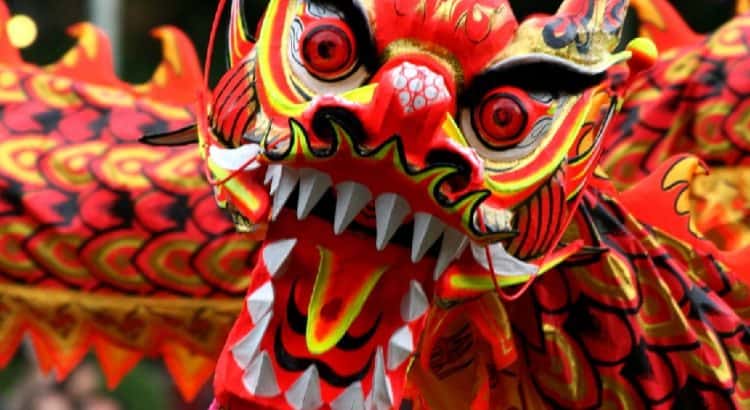Cordyceps is a type of fungus that belongs to the Ascomycota phylum. It is a parasitic fungus that infects insects and other arthropods, and is known for its medicinal properties. Cordyceps is commonly found in the high-altitude regions of Asia, including Tibet, Bhutan, and Nepal.
Read MoreTag: chinese

What is Chinese New Year?
Chinese New Year is a Chinese festival celebrated at the turn of the traditional lunisolar Chinese calendar
Chinese New Year, known in modern Chinese as the Spring Festival in Mainland China, is an important Chinese festival celebrated at the turn of the traditional lunisolar Chinese calendar. Celebrations traditionally run from the evening preceding the first day, to the Lantern Festival on the 15th day of the first calendar month. The first day of the New Year falls on the new moon between 21 January and 20 February. In 2017, the first day of the Chinese New Year is on Saturday, 28 January, initiating the year of the Rooster.
The New Year festival is centuries old and gains significance because of several myths and traditions. Traditionally, the festival was a time to honor deities as well as ancestors. Chinese New Year is celebrated in countries and territories with significant Chinese populations, including Mainland China, Hong Kong (officially as Lunar New Year), Macau, Taiwan, Singapore, Indonesia, Malaysia, Thailand, Vietnam, Cambodia & Mauritius, Chinese New Year is considered a major holiday for the Chinese and has had influence on the lunar new year celebrations of its geographic neighbours.
Within China, regional customs and traditions concerning the celebration of the Chinese New Year vary widely. Often, the evening preceding Chinese New Years Day is an occasion for Chinese families to gather for the annual reunion dinner. It is also traditional for every family to thoroughly cleanse the house, in order to sweep away any ill-fortune and to make way for good incoming luck. Windows and doors will be decorated with red color paper-cuts and couplets with popular themes of good fortune or happiness, wealth, and longevity. Other activities include lighting firecrackers and giving money in red paper envelopes. Among about one third of the Mainland population, or 500 million Northerners, dumplings (especially those of vegetarian fillings) feature prominently in the meals celebrating the festival.
Source: Wikipedia